Before the advent of trains and motor vehicles, the only way to get to Lake Chapala was to walk, ride or take a stagecoach (diligencia). The first regular Guadalajara–Chapala stagecoach service began in 1866. While the trip could be done in ten hours, it usually took twelve or more, and the mix of excitement, speed, fright, danger and uncertainty described by early travelers was certainly not for the faint-hearted.
After the completion of the Irapuato-Ocotlán-Atequiza-Guadalajara branch line of the Mexican Central Railway in 1888, demand for a Guadalajara–Chapala stagecoach service declined. Travelers from the city had a choice: they could take a train to Atequiza, followed by a relatively short stagecoach ride to Chapala, or they could take the train to Ocotlán, and then catch a steamboat to Chapala, avoiding having to ride the stagecoach at all.
I know of about ten early photos of stagecoaches taken in the town of Chapala. Some were used as book or magazine illustrations, and several were mass-produced as commercial picture postcards in the first decade of the twentieth century.
The images reproduced here are presented in approximate chronological order, based on evidence of publication dates and on details of buildings in the respective photos.
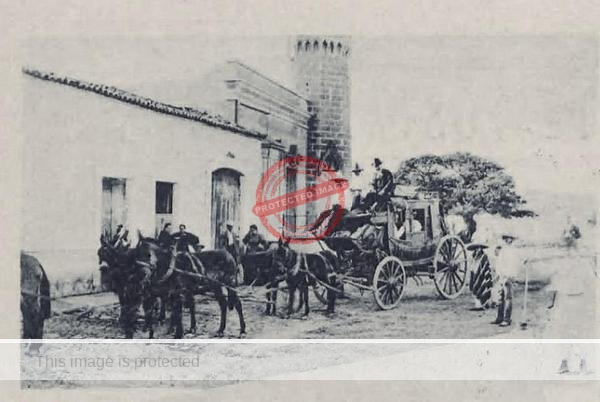
Fig 1. c 1900. Winfield Scott. Postcard by Juan Kaiser. The turreted building behind the stagecoach is Villa Ana Victoria. On the extreme right, a water carrier is walking towards the camera.
This photo (Fig 1) of a stagecoach on the eastern side of Calle del Muelle was uncredited when it was first published in 1900 to illustrate an article about Chapala by the Hon. Maud Pauncefote in Harper’s Bazar. The photo was also published in about 1901 on a triple-view postcard by Juan Kaiser, then based in San Luis Potosí. The other two photos on that postcard can be positively identified as the work of Winfield Scott, so there is little doubt that Scott also took this stagecoach photo.
A slightly cropped version of Fig 1 was included in Vitold de Szyszlo’s book, Dix mil kilometres a traverse le Mexique, 1909-1910, published in 1913, where the photo is credited to Charles B. Waite. This attribution is not as surprising as it sounds, given that Waite had purchased all Scott’s negatives and photo rights in April 1908.
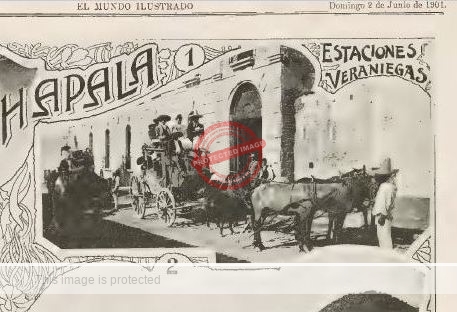
Fig 2. c. 1900. Winfield Scott. Published in El Mundo Ilustrado, 2 June 1901.
Winfield Scott also took this photograph (Fig 2) of a stagecoach on the other side of calle del Muelle, waiting outside the Hotel Arzapalo (which first opened in 1898). This image appeared in El Mundo Ilustrado in 1901, and in Four Track News in 1905.
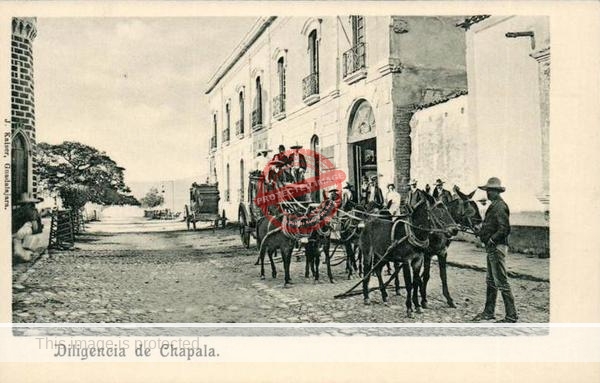
Fig 3. c 1904. Photo by José María Lupercio (?). Postcard by Juan Kaiser.
Fig 3 is a somewhat similar image, which I believe was taken a year or two later, probably by Guadalajara-based photographer José María Lupercio. It was reproduced in about 1904 on postcards published both by Ruhland & Ahlschier and by Juan Kaiser, who by then had moved his publishing sideline from San Luis Potosí to Guadalajara.
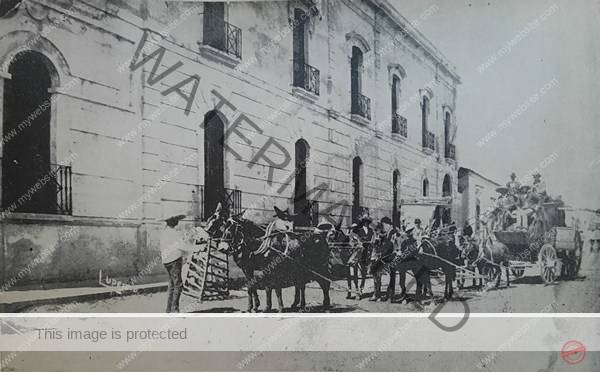
Fig 4. José María Lupercio. c 1904. Published in de Alba (1954).
Fig 4, signed by Lupercio, was taken looking north along calle del Muelle, away from the lake (Hotel Arzapalo on the left) and must date from roughly the same time as Fig 3. It was published in Antonio de Alba’s book Chapala (1954). By this time the Hotel Arzapalo owned or operated two stagecoaches for daily service to and from Atequiza railroad station, as well as several carriages (guayines) for special trips.
Traveling by stagecoach was both uncomfortable and unreliable. Stagecoach service was often impossible during the rainy season, owing to the poor state of the wagon roads. In July 1904, Chapala hotel owners Victor Huber and Ignacio Arzapalo joined forces to finance repairs and reopen the road before October. At that time the stagecoach between Chapala and Atequiza cost one peso (US$0.50) each way.
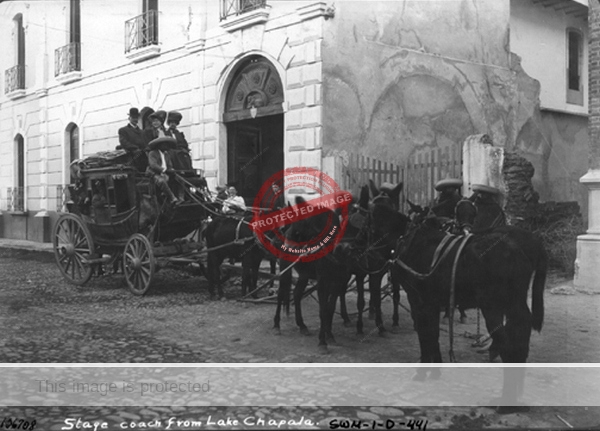
Fig 5. 1907. Photo by Sumner W Matteson. (Courtesy Milwaukee Public Museum, Wisconsin.)
We can date this photograph (Fig 5) of another stagecoach outside the Hotel Arzapalo to 1907 with certainty, because it was taken by American photographer Sumner Matteson during his first trip to Mexico.
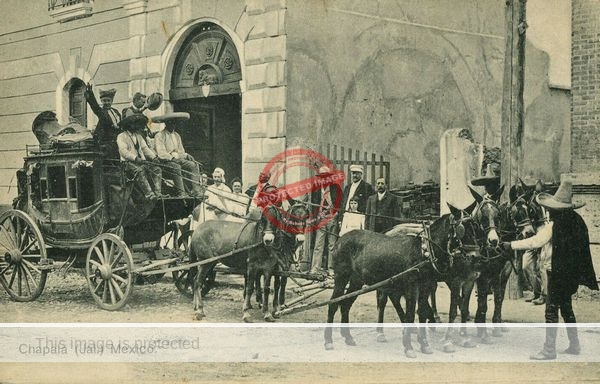
Fig 6. c 1907. Photograph by José María Lupercio (?) Postcard published by T Schwidernoch, Austria.
This photo (Fig 6) must date from about the same time, and is believed to be another photograph taken by José María Lupercio. It was used by several postcard publishers, including Juan Kaiser (post-1906), Manuel Hernández (1907), and T. Schwidernoch of Vienna, Austria.
The postal service was efficient in those days. One of these cards, mailed in 1908 by guests at the Hotel Ribera Castellanos near Ocotlán, took only five days to reach Virginia! The card explained why the senders had chosen to stay near Ocotlán in preference to Chapala: “Would you like a souvenir of Mex? This is the coach they use to go from the R.R. [railroad] to the hotel on Lake Chapala fourteen miles. We are staying at a place on the same lake but only three miles from the R.R.”
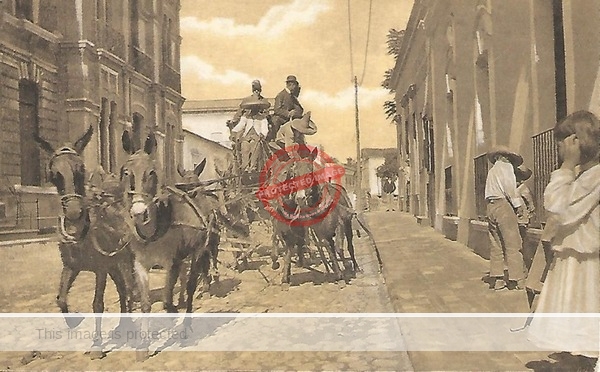
Fig 7. c 1908. Unknown photographer. Believed to have been published by Juan Kaiser. (Courtesy of Ing. Manuel González García.)
In Fig 5 and Fig 6 there is no building abutting the Hotel Arzapalo, which proves they were taken prior to the second half of 1907, when construction began of the Guillermo de Alba-designed Hotel Palmera, completed in 1908. The Hotel Palmera does appear on the left side of this photo (Fig 7), a rare early image of a stagecoach in motion. The building on the right is the competing Gran Hotel Victor Huber (later Gran Hotel Chapala).
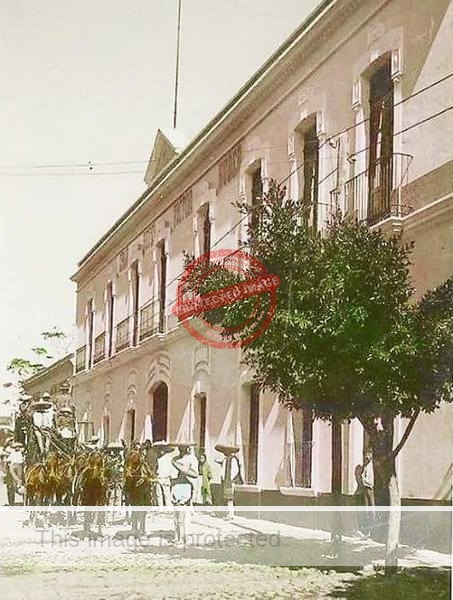
Fig 8. c 1908. Photographer and publisher unknown.
The Gran Hotel Victor Huber (later Gran Hotel Chapala) is shown in all its glory in Fig 8, which must date from about the same time.
By 1908, the days of stagecoaches were numbered, and the automobile was taking over. In 1906 prominent American dentist Dr. John W. Purnell drove his Reo from Guadalajara to Chapala in 3 hours 49 minutes, and made the return trip (including an 11-minute stop in Tlaquepaque) in 3 hours 39 minutes. The following year, Alfonso Fernández Somellera took just 63 minutes out to the lake and 65 minutes back to complete his round trip from the big city to Chapala (about 130 kilometers in total) in his 30-horsepower Packard.
Stagecoaches were unable to compete, in speed or comfort, and rapidly became a thing of the past.
Note: This post was updated and Fig 4 added in August 2025.
My 2022 book Lake Chapala: A Postcard History uses reproductions of more than 150 vintage postcards to tell the incredible story of how Lake Chapala became an international tourist and retirement center.
Comments, corrections and additional material are welcome, whether via comments or email.
Tony Burton’s books include “Lake Chapala: A Postcard History” (2022), “Foreign Footprints in Ajijic” (2022), “If Walls Could Talk: Chapala’s historic buildings and their former occupants” (2020), (available in translation as “Si Las Paredes Hablaran”), “Mexican Kaleidoscope” (2016), and “Lake Chapala Through the Ages” (2008).
Wonderful photos and history. I’m not a horse person but think mules were used on some of those and small horses on a few stages.
I hope you do a piece on this Winfield Scott someday or if you have in the past please let me know where I can find that. Thank you.
Winfield Scott – https://lakechapalaartists.com/?p=3040